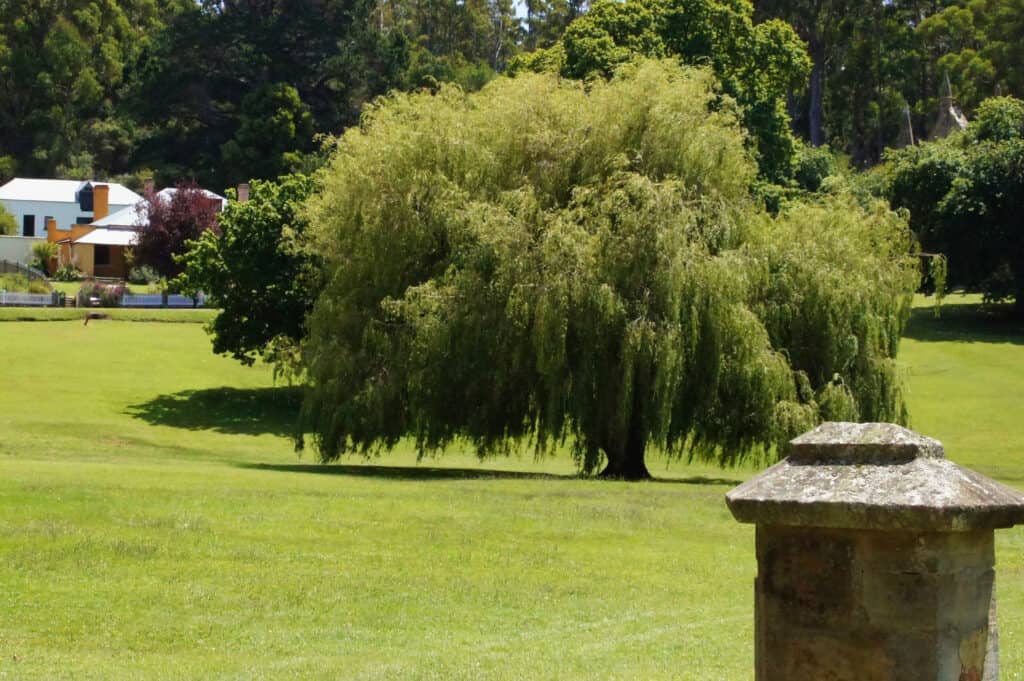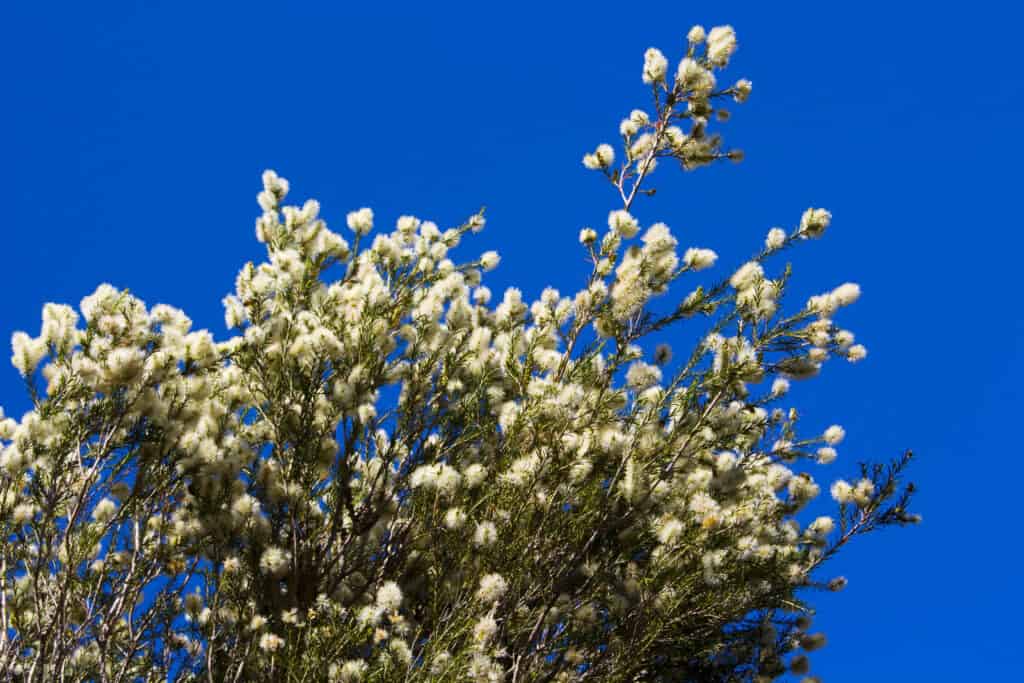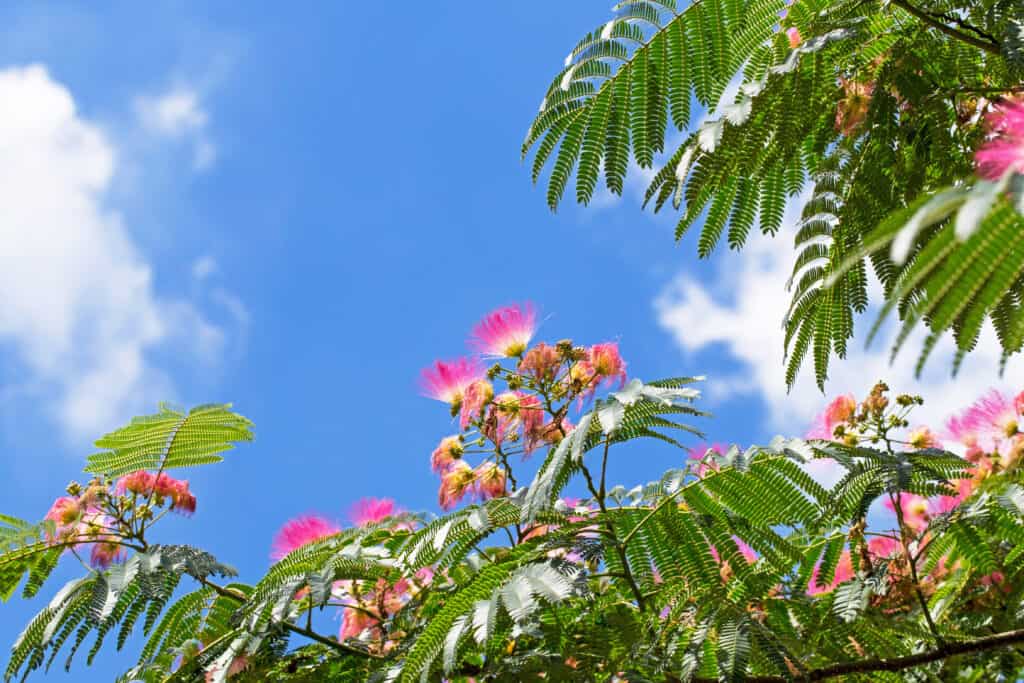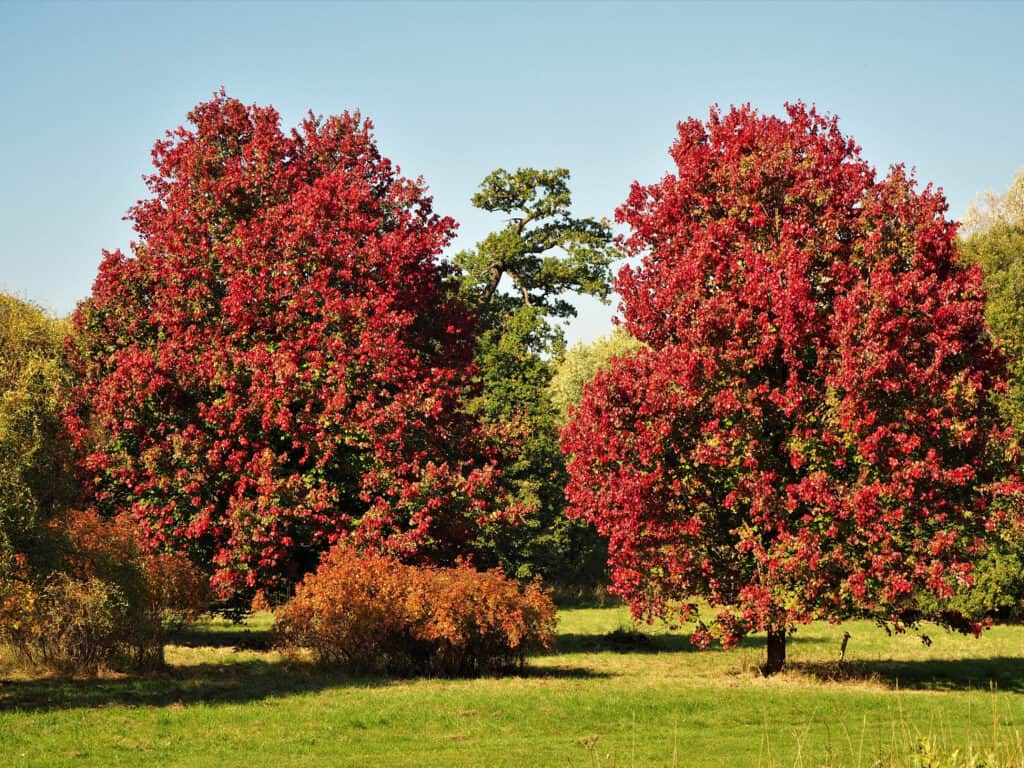Apart from the several significant environmental benefits of planting a tree, you also enjoy some other advantages that make tree planting in your home a viable option regardless of location. For example, you might already know how well tree planting can help improve soil quality. In addition, you are purifying the air we breathe and fighting against the growing climate crisis. Finally, it might interest you to know that trees also benefit your health. Studies show that the view of trees, or rather, the exposure to trees, can help not only reduce mental fatigue but can also help sick people heal faster with fewer complications.
Thanks to its cooling effect, it also represents a simple way to lower your energy bills. You could save up to 25 percent on your energy bills, especially during the summer.
These are some of the main reasons why planting a tree would be a worthy investment both to nature and yourself, especially in a climate that supports tree growth, like in California. The state currently has not only the most significant or enormous tree in the world, but it also lays claim to having the oldest tree in the world. It just shows that you can never really go wrong with tree planting in the most populated state in the U.S.
California has some of the best weather conditions experienced in the United States, with a good balance of soil and atmospheric conditions. While this indeed points to the fact that California can be a perfect place for tree planting, picking the right option determines how long and well the tree can thrive in your home.
How to Choose the Right Tree for Your Environment
Picking a tree to plant usually requires a lot of consideration. It doesn’t just come off as easy as checking the internet, selecting the next beautiful tree you find, and immediately putting it in your yard. Choosing the right tree involves picking a tree that not only fits the condition of your environment but also picking a tree that guarantees good results and will thrive for a long time.
There are several types of trees, each having different functions. One of the first things to consider is the benefit you want the tree to provide. For example, whether you want a tree that can give you good shade or one that provides you with privacy or for blocking wind, not many trees offer the same thing in this regard. Proper selection lets you know that you’re planting the tree that best fits your desired benefits.
Also, size, positioning, and form are other things you’ll have to consider as they could help prevent damage to your house while also making sure you don’t have to spend too much on maintenance in the long run. Climatic and soil conditions in your area will also be critical, and while you might not know this by yourself, it is advisable to consult with an arborist to help you make the right decision based on the required factors.
Fastest-Growing Trees
Trees can generally take a lot of time, between 10 to 20 years, to grow to their full size. However, you don’t always have to wait long to get a proper tree that can benefit you. While these trees range in benefits and requirements needed to grow, they are all great options to help you save time in your desired planting goals.
White Mulberry

Roman Kutsekon/Shutterstock.com
The white mulberry tree, or Morus alba, is a medium-sized fast-growing tree that does incredibly well and falls under a category of rare trees that don’t depend on soil type as they can grow in clay, loam, or sandy soil. They, however, require a lot of sunshine, though they can still thrive in places with part-shade.
They do not also need a lot of watering when fully grown. This makes them suited for drought conditions and highly adaptable even in California’s desert and inland areas.
They’re also hardy and have a mature size of 30-60 feet in height and 20-40 feet in width. They have large leaves, presenting them as one of the best shade trees you can decide to plant. Pruning your white mulberry tree is essential to protect the tree from breaking under the stresses of winter weather and high winds. Prune during winter to prevent exposure to tree diseases.
Australian Willow

LyndenLeaves/Shutterstock.com
With the botanical name, Geijera parviflora, the Australian willow is an evergreen tree that reaches heights of between 30 and 50 feet and a width of 20 feet. While it is also great for planting under various soil conditions, it is better suited to arid environments and will not thrive in soggy conditions. However, it is an excellent option to plant near sidewalks, pathways, or in your backyard, and it is also quite attractive.
Australian willows also require sufficient sunlight to grow well, though light shade conditions will not be a problem for them. The trees also store water in their leaves, making them fire-resistant and great for high-risk locations.
To add to this, they are easy to grow and do not require too much care, with the tree being one of the best options for homeowners who want a maintenance-free tree that doesn’t also have any major pruning requirements.
Bracelet Honey-Myrtle

alybaba/Shutterstock.com
Botanically named Melaleuca armillaris, the bracelet honey-myrtle is a large bushy evergreen shrub with soft, needle-like leaves. The tree can thrive in clay, loam, or sandy soil and is drought and salt-resistant. This tree usually grows to a total height of 15 to 30 feet, with the width also found to be mostly around 15 to 30 feet.
While it doesn’t require too much watering, it is still critical to ensure it grows quickly enough. It also represents a good option if you’re looking for a tree that is well suited for screening projects, with the tree also tolerant in soggy conditions.
While it might also be attractive, the tree can quickly develop into a weed when not adequately taken care of. Pruning is an excellent way to ensure proper maintenance and control of its growth. Prune right after the flowering season, which usually comes during summer.
Silk Tree

nnattalli/Shutterstock.com
The silk tree, or Albizia julibrissin, is another fast-growing tree capable of growing at least three feet per year. The tree eventually matures at a total height of between 20 to 40 feet and a full width of 20 to 50 feet, depending on the growing conditions. The soil thrives better in moist but well-drained soil and blooms in the summer.
Even as it is considered intolerant of shade, it is still believed to do well under partial shade, though the best conditions are found to be under full sunlight. It is also tolerant of high and low temperatures, though it will not survive brutal winter winds, which is a solid factor to consider when planting.
The Silk Tree is also a perfect shade tree and can maintain a suitable form for a long time, provided it is well taken care of. It is best to prune the top of the tree to a flat shape while removing dead, diseased, or weak branches at any time during the year. The Mimosa Wilt is a popular fungus that attacks the tree’s vascular system, and it is one thing to watch out for as it could lead to the tree’s death within a year of getting infected.
Red Maple

AngieC333/Shutterstock.com
The red maple tree, or Acer rubrum, is one of the tallest trees you can plant in your home, with a height reaching up to 70 feet when mature and a width of 30 to 50 feet. The tree is one of the most attractive options on the list, and it is fit for varying soil types, including sandy, clay, acidic, and well-drained soils.
It blooms during spring and flourishes under the full sun, though it will also do well with exposure to partial sunlight. It grows better in moist soil, and you can even grow it in dry soil as long as you keep the soil moist regularly, though you might want to avoid over-wetting the ground, as this can damage the tree.
Pruning is not essential as the Red Maple tree is susceptible to pruning, so you should avoid cutting larger branches. If you consider doing it, the best time to prune is at the end of summer or fall.
Up Next…
- The Largest Trees In California
- The 20 Largest Lakes in California
- 8 Sharks off the Coast of California
The post Discover the 5 Fastest-Growing Trees in California appeared first on AZ Animals.
from Animal News, Facts, Rankings, and More! - AZ Animals https://ift.tt/N6Czc4y